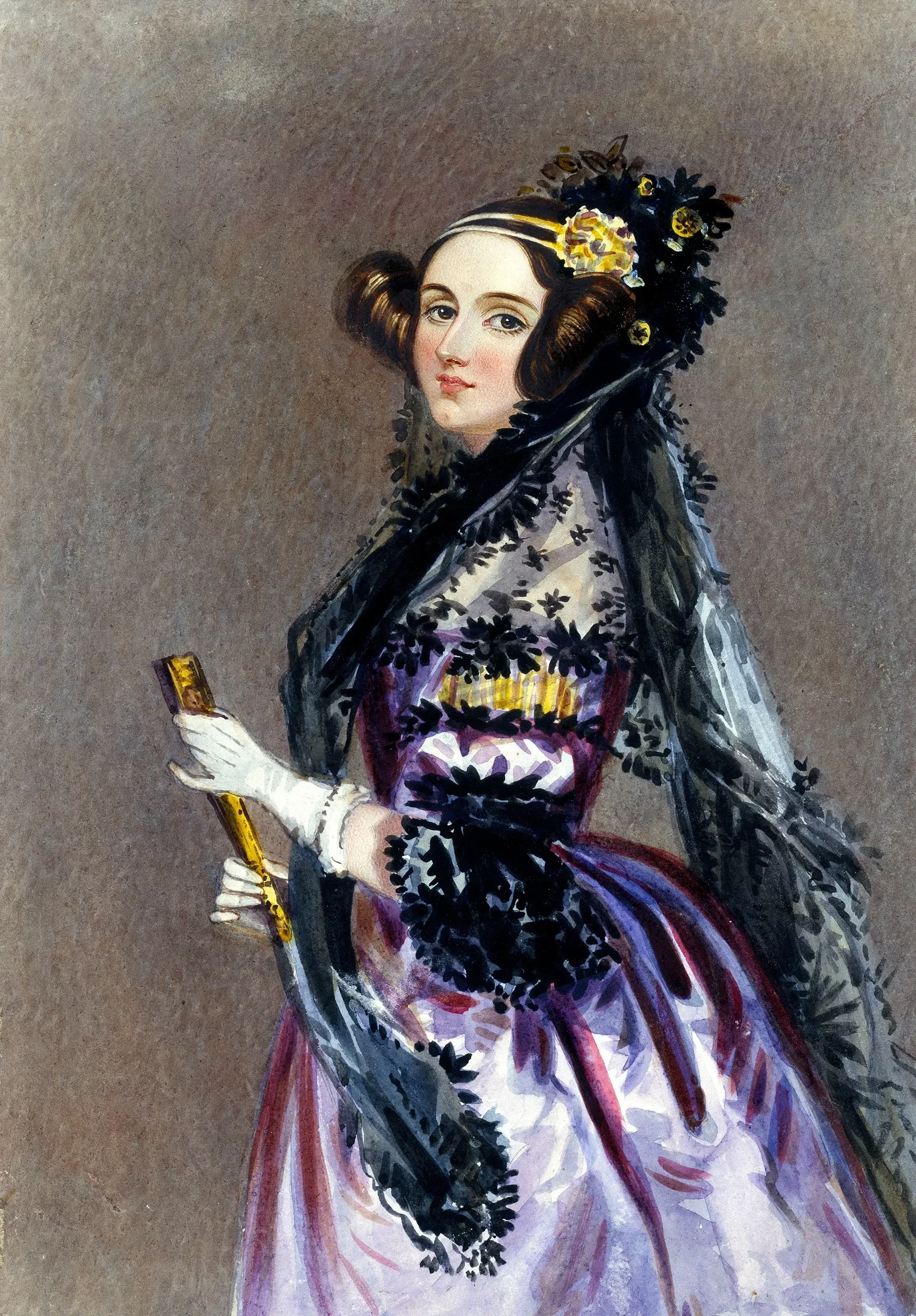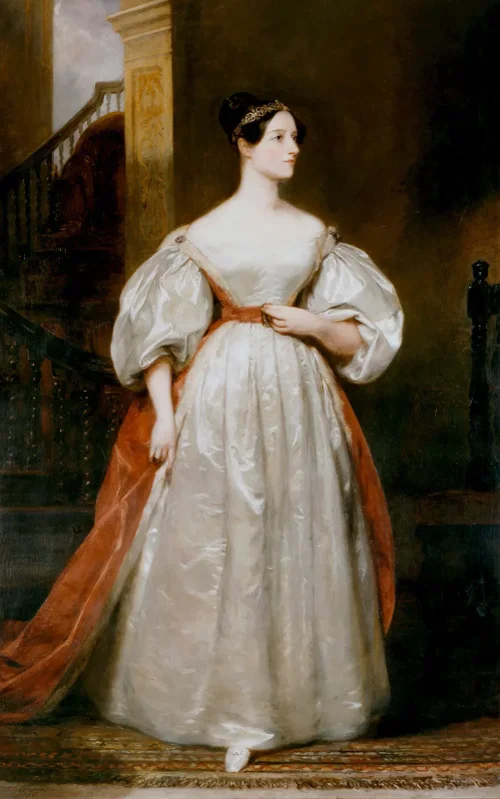
LADY ADA [The First Programmer]
**The Visionary Legacy of Lady Ada Lovelace**
Ada Lovelace, often celebrated as the first computer programmer, was a visionary who foresaw the potential of computers beyond mere calculation. Born Augusta Ada Byron on December 10, 1815, in London, she was the only legitimate child of the renowned poet Lord Byron and Lady Anne Isabella Milbanke Byron. Despite her aristocratic background, Ada's life was marked by her pioneering contributions to the field of computing, a feat achieved in an era when women's roles were severely restricted by societal norms.
****A Unique Education and Early Influences****
Lovelace's mother, determined to prevent her daughter from inheriting her father's moody disposition, ensured that Ada received a rigorous education in mathematics and science—subjects not typically accessible to women at the time. Her intellectual upbringing was further enriched by the mentorship of prominent figures such as Mary Somerville, a noted mathematician and astronomer, and Augustus De Morgan, a logician who influenced her later work.
****Collaboration with Charles Babbage****
At the age of 17, Lovelace met Charles Babbage, a mathematician and inventor known as the "father of computers." Babbage's work on the Analytical Engine, an early mechanical general-purpose computer, captivated Lovelace. She translated an article on the machine by Italian mathematician Luigi Federico Menabrea and supplemented it with her own extensive notes. Her annotations included what is considered the first algorithm intended for a machine, thus marking her as the first computer programmer[1][2].
****A Visionary Beyond Her Time****
Lovelace's insights extended beyond the technical specifications of the Analytical Engine. She recognized that such a machine could be used for more than just numerical calculations, envisioning its application in areas like music and art. This foresight laid the groundwork for the modern understanding of computers as versatile tools capable of processing various forms of information[1][3].
****Legacy and Recognition****
Despite her groundbreaking work, Lovelace's contributions were not widely recognized until the mid-20th century. In 1953, her notes were republished, sparking renewed interest in her work. In 1980, the U.S. Department of Defense honored her legacy by naming a computer programming language "Ada" after her[3][5]. Today, Ada Lovelace Day, celebrated annually on the second Tuesday of October, commemorates her contributions and highlights the achievements of women in STEM fields.
Ada Lovelace's story is one of resilience and vision, a testament to her ability to transcend the societal limitations of her time. Her work continues to inspire generations, underscoring the importance of diversity and inclusion in the fields of science and technology.
==================================================================================================
Citations:
[1] https://lemelson.mit.edu/resources/ada-lovelace
[2] https://www.mpg.de/female-pioneers-of-science/Ada-Lovelace
[3] https://www.biography.com/scholars-educators/ada-lovelace
[4] https://www.adalovelaceinstitute.org/blog/
[5] https://blog.softwareag.com/ada-lovelace-day/
[6] https://www.tubblog.co.uk/blog/ada-lovelace-inspiration-women/
[7] https://www.nist.gov/blogs/taking-measure/ada-lovelace-worlds-first-computer-programmer-who-predicted-artificial
[8] https://en.wikipedia.org/wiki/Ada_Lovelace
[9] https://www.thoughtco.com/ada-lovelace-biography-5113321
[10] https://www.nicholawilkin.com/single-post/ada-lovelace
[11] https://www.igel.com/blog/ada-lovelace-day-honoring-women-in-stem-fields/
[12] https://www.earlham.ac.uk/articles/ada-lovelaces-legacy-inspired-and-inspiring

**A Historical Tale: The Legacy of Lady Ada Lovelace**



Add comment
Comments
LADY ADA....THE FIRST PROGRAMMER!!!